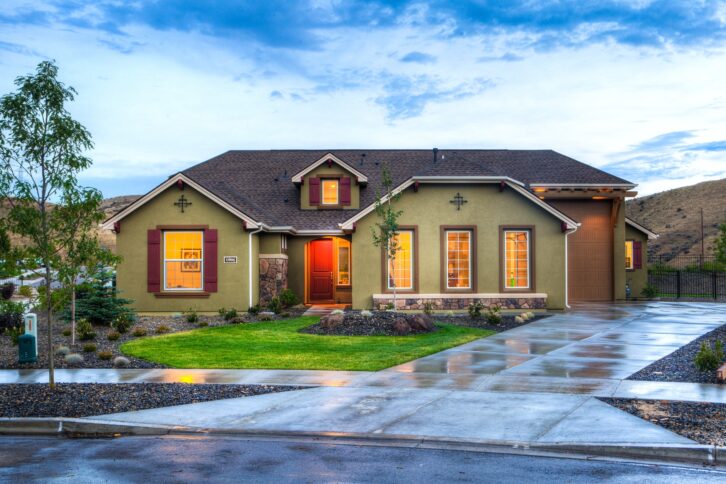
If you’ve only just started thinking about buying a new home, one of your first concerns is probably the house you’re living in right now.
You want to sell your old house, but where will you live until you move into your new place? For that matter, how long will it take to sell your current house? And how do you even go about qualifying for a mortgage before selling your house?
The process can feel overwhelming, but there’s an easy solution that helps to solve all these problems at the same time. It’s called sale-leaseback.
Introducing the Sale-Leaseback Option
Your home is probably your most valuable asset. But in its current state, it won’t help you qualify for a mortgage on a second home.
A sale-leaseback, or simply a leaseback, is a kind of sale where you transfer ownership of your current home under an agreement that lets you continue living there as a tenant. This is often a win-win situation for both buyers and sellers alike.
By selling your house, you can quickly access cash. People need this cash for many reasons, including:
- Paying off old or emergency debts.
- Helping with a second mortgage.
- Investing in a new business.
- Selling their home and continuing to stay there while searching for a new place.
By providing quick cash while letting you stay in your former home until you’re ready to move, sale-leasebacks are a smart strategy to take the stress out of moving. It’s a fast way to put money in your pocket and qualify for that new mortgage, shop for a whole new house, and make plans for moving day without ever having to leave your current place.
Tips on Getting Started
There are a few important things for you to consider about your sale-leaseback agreement.
- You can choose between short- or long-term leaseback agreements for your home with different degrees of complexity, depending on your needs. Note that the average time it takes to sell a house once it’s on the market is between 65 and 93 days.
- When negotiating the price of your property, consider your home’s appraisal value. You will need a professional, third-party assessment of your home’s market value to help you negotiate.
- Keep track of which party is responsible for what. For instance, sale-leaseback agreements generally have tenants pay for electricity, water, and other utilities. Leasebacks also commonly prevent tenants from making home modifications without asking for permission first — which won’t feel familiar when staying in a home you used to own!
- After selling your home, you’ll be its first renter, and so you will need to include rental insurance as part of your agreement.
Key Takeaways
Consult with a financial advisor to learn more about qualifying for a mortgage and selling your home through a sale-leaseback.



















